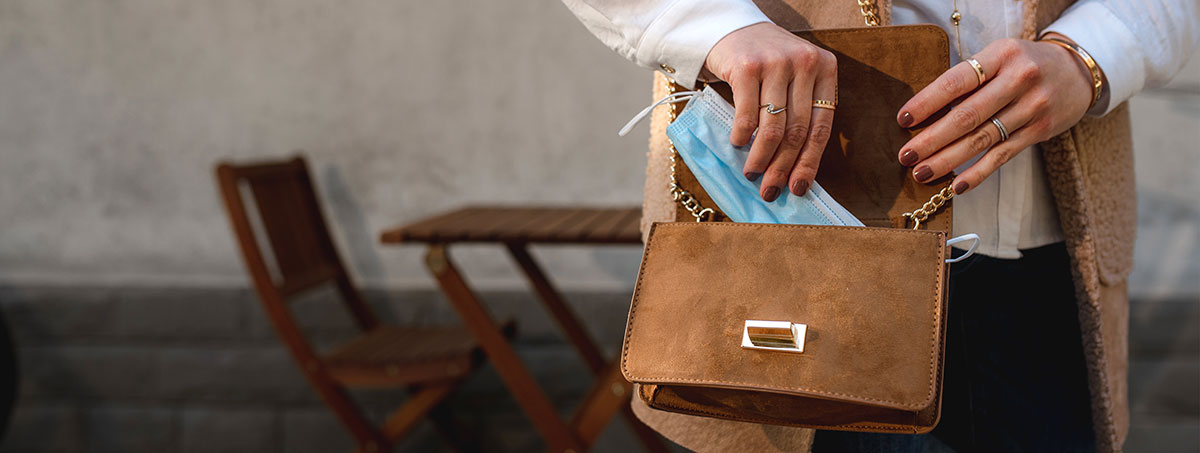When COVID-19 overtook the globe in early 2020, the world seemed to change overnight — and with that came substantial shifts in consumer demands. Suddenly, revenue in travel and tourism turned off like a faucet, while companies in industries like luxury goods, restaurants, and beauty and wellness found it critical to make rapid adjustments to their business models if they hoped to survive.
Specifically, in beauty and wellness, virtual try-on technology quickly replaced swatching and sampling as in-person shopping became heavily restricted. At the same time, home-bound consumers began opting for new moisturizers and serums over foundation and blush. Even lipstick sales, which typically remain stable during economic downturns, couldn’t withstand the introduction of widespread masking.
With COVID’s second birthday rapidly approaching, it’s worth looking at how the pandemic has changed the $500 billion global beauty market — in some ways, permanently — and how we can learn from those shifts. Here are a couple of major beauty industry trends we’ve observed:
Agility Rules the Day
Over the past 21 months, we’ve seen the pace of innovation in the cosmetic industry accelerate rapidly. Ulta Beauty’s heavy investments in digital tools and omnichannel capabilities suggest that the future of beauty products could be online. And Google recently joined forces with a beauty tech company to integrate AR-powered product try-ons from brands like Charlotte Tilbury and MAC into Google search.
Cosmetic companies need to be ready to bob and weave within this ever-evolving industry or they’ll find themselves falling behind. Do not underestimate the growing momentum of digital-native direct-to-consumer beauty brands, which are more adept at going from concept to market under shortened timelines than the industry heavyweights.
In a post-COVID world, working with your partners may also look different. At Cosmetic Solutions, for instance, we used to rely heavily on in-person meetings and trade shows to get in front of our brand partners. When COVID took those options off the table, we had to get creative. To help brands keep their innovation pipelines going, we created our first-ever Innovation Capsule, packed it full of 18 different product concepts, and sent it out to brands so they could sample new innovations and plan for the future.

Skincare Is Here to Stay
While color cosmetics sales declined during COVID, more consumers turned to innovative skincare and self-care beauty products to make them feel better about their overall health. For instance, between February and March 2020, sales for hand care products like hand masks ballooned 606%. Similarly, the proliferation of the term “maskne,” or mask acne, created a greater demand for face creams, lotions, and serums that could prevent and treat it.
We believe that skincare sales will remain strong for a few reasons. For one thing, cosmetics trends have continued to shift toward no-makeup makeup looks, a far cry from the intense contouring of the mid-2010s. As a result, people are looking for innovative skincare products to align with the fresh, glowing, minimalistic look.
Furthermore, as consumers continue to spend more time at home, they’re investing in self-care and wellness rituals. For instance, 2021 search history data from Pinterest shows that there’s been an uptick in searches around bathing rituals. Finally, the customer base for skincare is rapidly changing. Long considered a market for older consumers, skincare is shifting younger as teens on apps like TikTok promote anti-aging beauty and wellness products.
The beauty industry is a force to be reckoned with, but it’s not immune to the effects of the COVID-19 crisis. Like most industries, it had to adapt to survive, but going forward, we can put these lessons into practice to ensure the beauty industry emerges from the pandemic stronger than ever.

